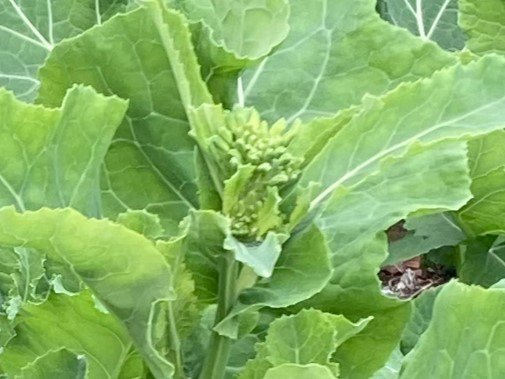Come grow with me… How to harvest Kale
There are many different types of kale, from flat leafed, to curly and even Chinese kale. This is a plant that keeps on giving. The more that you harvest it, the more that it regrows.
I grew two varieties in 2023, a flat leaf and curly kale and both survived the winter and I was still harvesting them in spring. It was great being able to wander into my garden and harvest fresh vegetables during the cold and wet weather and this is definitely something that I plan to do again over the coming years.
Harvesting Kale is super easy. I cut a leaf, give it a shake and a quick inspection, to get rid of any insects or slugs, and then pop it in a bowl.
1. Once I have enough kale in my bowl, I wash the leaves and then leave them to soak in salt water for at least 30 minutes. This kills the bacteria and any bugs that weren’t dislodged when I shook the leaves earlier.
A quick tip – it was much easier to see and shake off any bugs on the flat leaf kale. I found that they were more likely to be hidden in the creases of the curly kale, but nothing that good preparation and cleaning didn’t resolve.
I usually steam / blanch kale in the microwave for 2 minutes before adding it to a dish, or placing individual portions in bags to cool and then freeze. You can use a hob or add it directly to a sauce based dish if you prefer.
2. Once the kale has been cleaned, roughly chop it and place it in a microwaveable dish.
3. Add a little water and cover with a lid (you can use clingfilm if you don’t have a lid for you dish).
4. Microwave on high for 2 minutes.
5. Carefully remove the dish from the microwave – it will be hot – and drain the excess water.
6. a) Add the prepared kale to your dish.
or
6b) Rinse the kale under cold water to cool it down and to stop it from cooking further. You could place it in a bowl of ice if you have ice to hand. Place the kale in a dish suitable for freezing, or a freezer food bag. Remove any excess air and let it cool down before putting it the freeze.
When you want to use frozen kale, just take it out of the freezer and add it directly to your sauce based dish – there is no need to defrost it. Great for those last minute meals.
What to do when kale starts to flower
Towards the end of March, I noticed, that the kale was getting ready to flower. If I let them flower then the Kale would become bitter and not so pleasant to eat on its own. This wouldn’t be a problem for sauce based dishes though.
Kale about to flower

I harvested most of the leaves and prepared them for freezing. As there were a lot of leaves, I blanched them in a large soup pot on the hob for a couple of minutes, before following the steps above.
I left those leaves that were not at their best on the plant for the wildlife to enjoy. I also left the plants in the ground and let them flower a) for the bees and butterflies and b) so that I can harvest some seeds which will enable me to grow the next batch for free. I said that it was a plant that keeps on giving and giving.
Kale flowering

I was really pleased that I noticed that the Kale was about to flower as it meant that I could reprioritise my gardening activities, avoid unnecessary waste, and I have plenty of kale to look forward to over the coming months.
I hope that you found this overview to be useful.
Let me know if you have any questions and I will do my best to answer them.
If you have some time, why don’t you take a look at some of the other tips and tricks that I have learned as well as my recipe concepts. You might be inspired to come grow with me…
